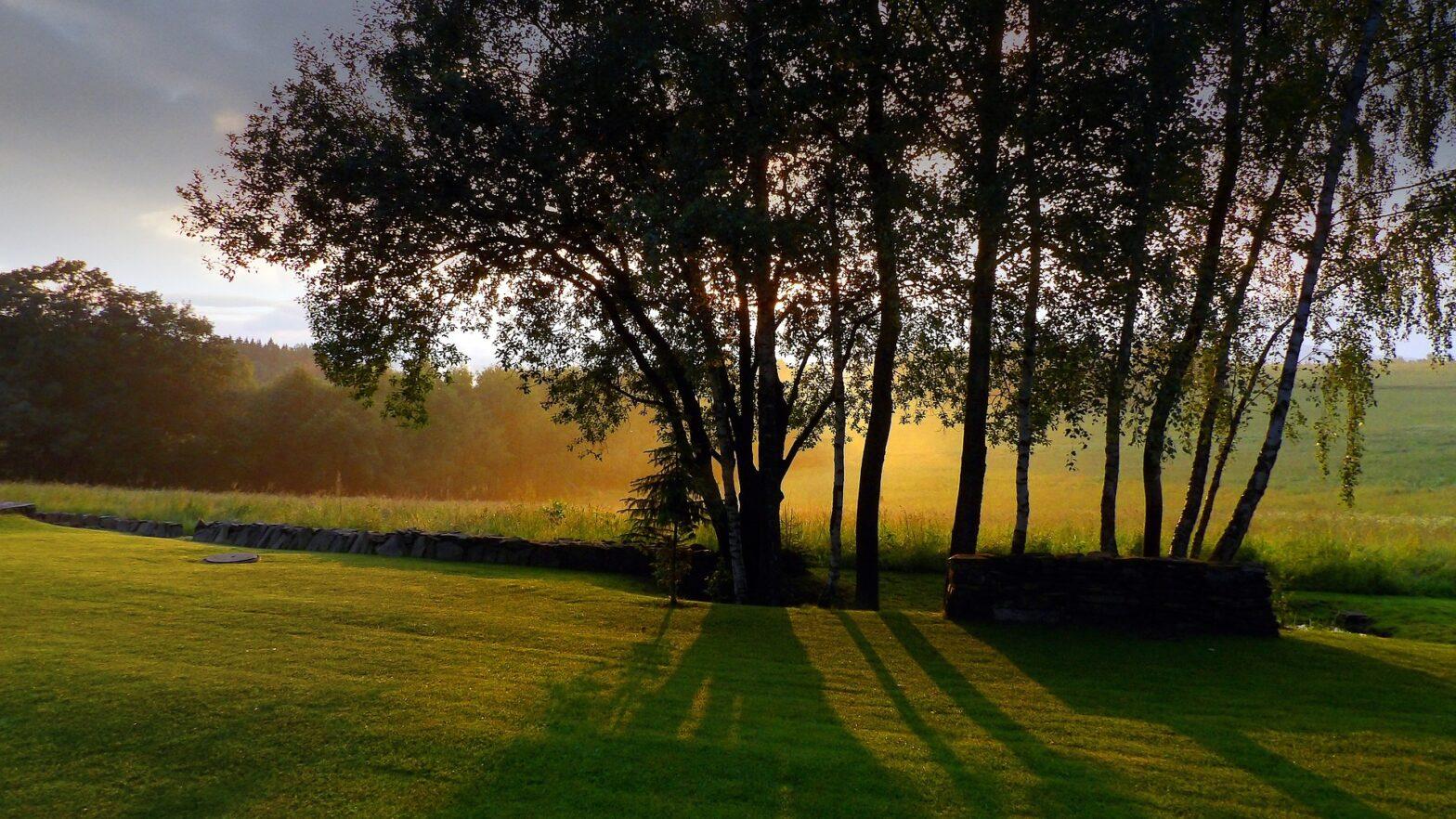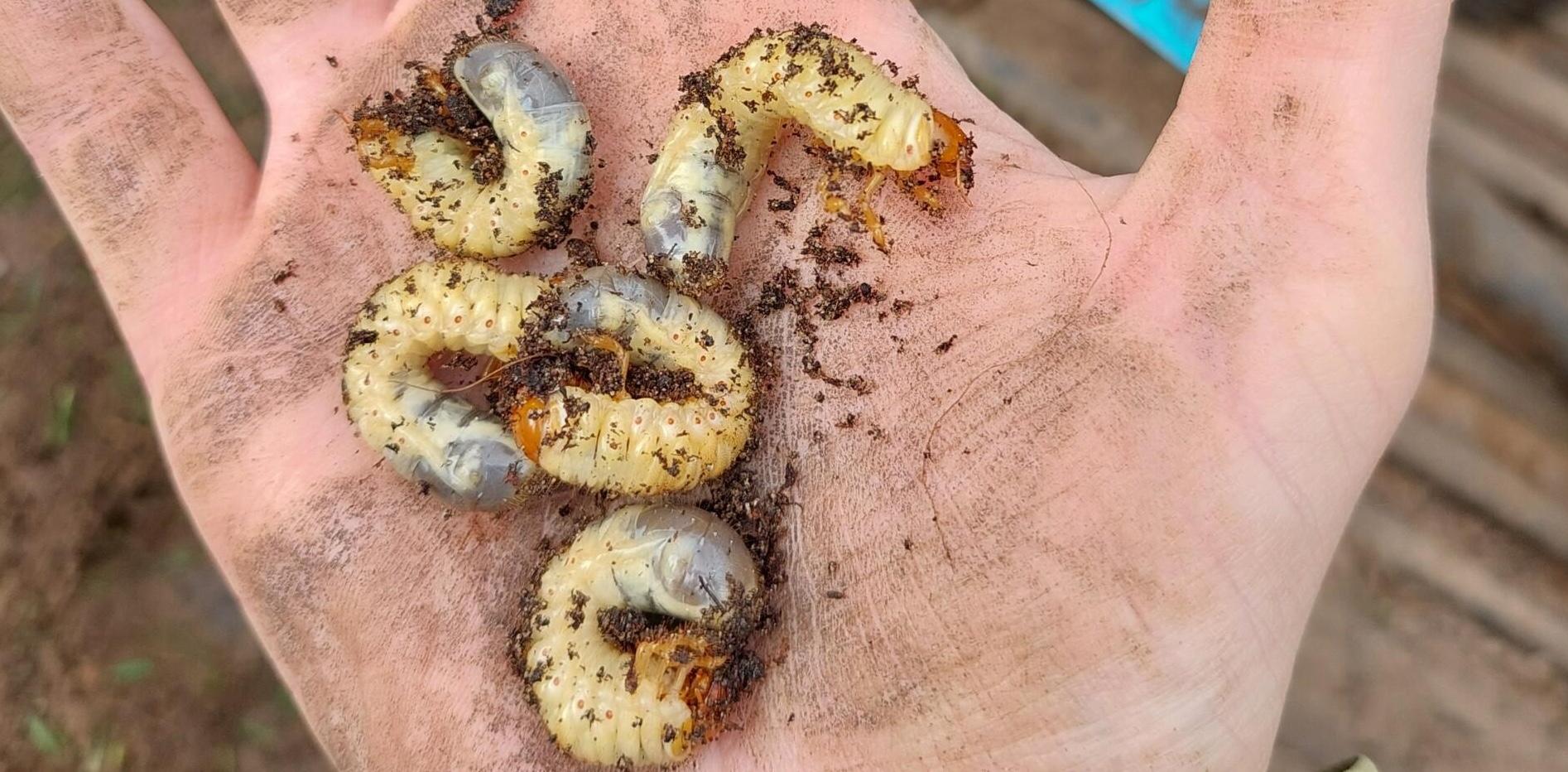Got an email today from a Course Manager asking:
"Greens don't appear to be as healthy as they have in previous years at this time do I think that light levels would have any impact on this?"
It's a great question and ties in nicely with some of the work we did at STRI last year looking at shade and the impact of light that myself and Dr Andy Owen presented at BTME last week.
One of the conclusions we drew from the trial was that current light measuring units aren't particularly useful and a better way to look at light measurement is by accumulating it over 7 days. I've only started looking at light this way so it's all fairly new and probably be developed as I tweak and look into it further. Check here for a summary of light units.....
The below charts show light for the above mentioned golf club from 1st October through to the end of February for the years 2014 to this year.
You can see a consistent pattern in light as the the key driver is day length which will lengthen and shorten at the same times of year. Once we move into the shorter days of year it then becomes a question of how much sunlight do we get?






Now I don't know what the trigger figure is yet - the work we did on Rye grass cut at 25mm showed accumulation figure of around 45 was enough to grow rye.
For the sake of this exercise I've put the figure at 55 accumulated DLI over 7 days. Which is my first guess at the requirement of Poa greens. The red blocks below show the periods that the light level dropped below this.
So to answer the original question - has light been a driver in greens not being as healthy as in previous years? Most years we drop below this 55 figure but 2019 has a sustained period early December through to Mid January. So possibly yes.
The challenge is separating light from a saturated rootzone - Low light conditions are related to cloudy days which in turn are associated with rain. It's no coincidence that the lower light years are the same ones we recieve high levels of rainfall.
Light is certainly a key driver for plant health but so is a good air to water ratio in the soil - which one is the biggest driver of plant health - now thats an even better question.

In order to work out how bad 2019 / 2020 has been for light I accumulated all of the daily figures for the period Oct to Feb - and sure enough 2019 / 2020 is right at the bottom. So it's definitely been one of the lowest light periods in recent years but also the wettest.




